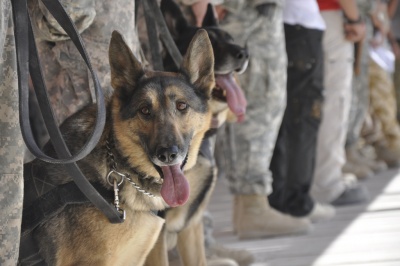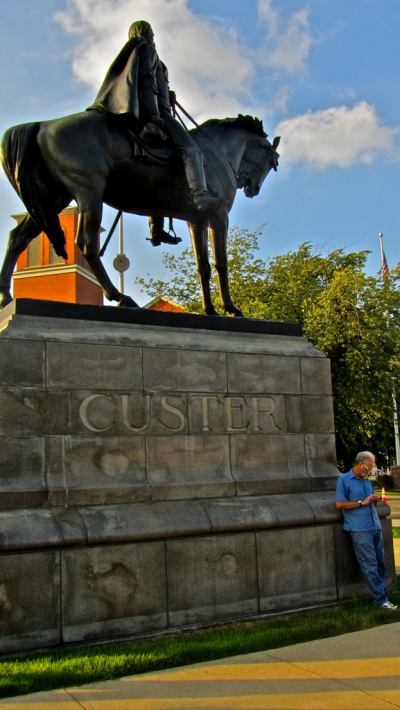Throughout history cats have aided armies in their military efforts. Despite the fact that dogs and horses usually the get the glory, cats have also served crucial roles in warfare. Cats have served as mousers, deterring mice and rats from getting at the rations and the weapons. According to the ancient historian Herodotus, Egyptian armies took cats with them to battle. An invading Assyrian army was defeated when, while soldiers slept, rats ate their bow strings and shield straps.
During the Civil War, cats served as mascots for army units on both the Union and Confederate sides. A famous mascot was “Tom Cat,” Fort McAllister’s mascot. He was killed in battle and a full report of his death was sent to General Beauregard.
During World War I, 50,000 cats were officially employed by British forces to serve as ratters and mousers in the trenches. They also alerted troops to the advance of poisonous gas clouds, saving thousands of lives. In World War II, the United States shipped cats to France for the same purpose.
Simon, mascot of the British frigate HMS Amethyst, was awarded a Dicken Medal for animals who save human lives. In the 1949 Yangtze Incident, Simon stayed at his post and continued to kill rats, saving scarce rations throughout an ordeal of 101 days. Unfortunately, Simon died shortly after arriving home.
There were also cats who accompanied units in the war in Iraq. They caught mice in the mess halls and served as welcome stress-relievers in between missions.
Cats live longer than human soldiers and can climb trees, jump far down and navigate difficult terrain. These characteristics make them ideal animals to accompany armies in battle.


